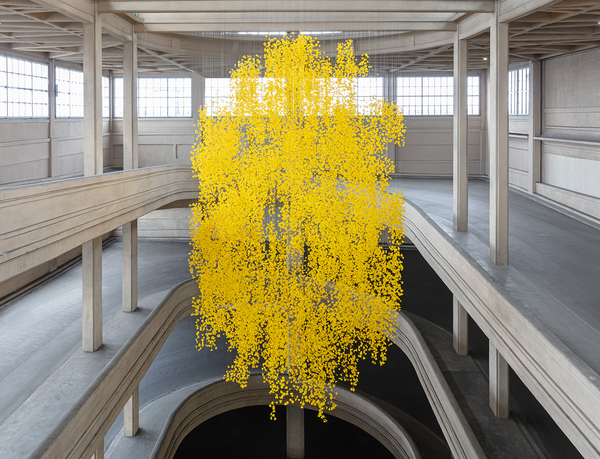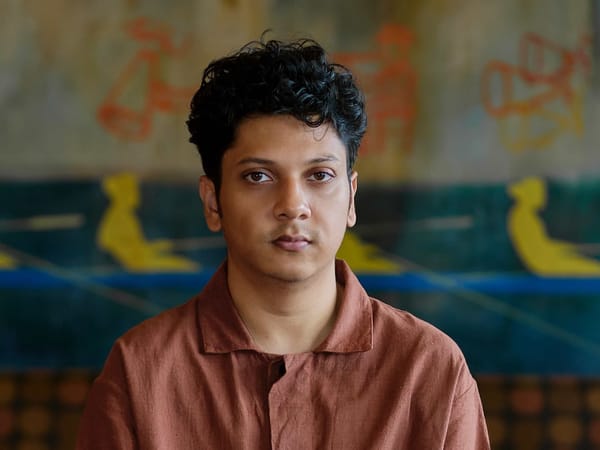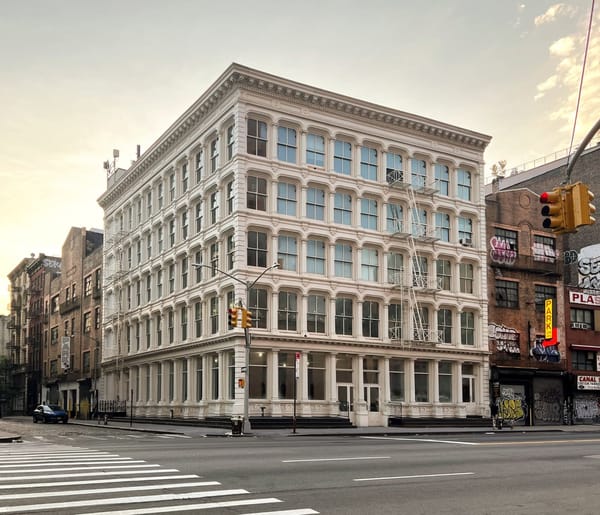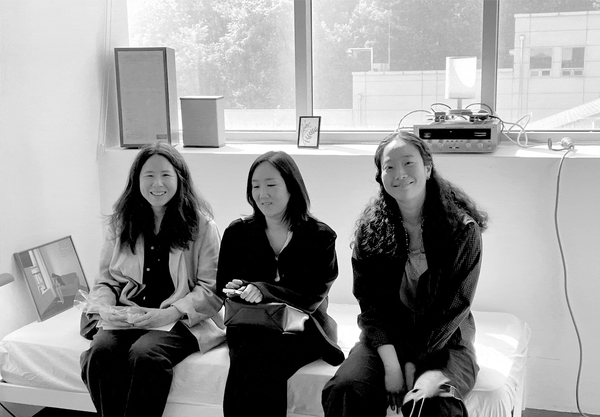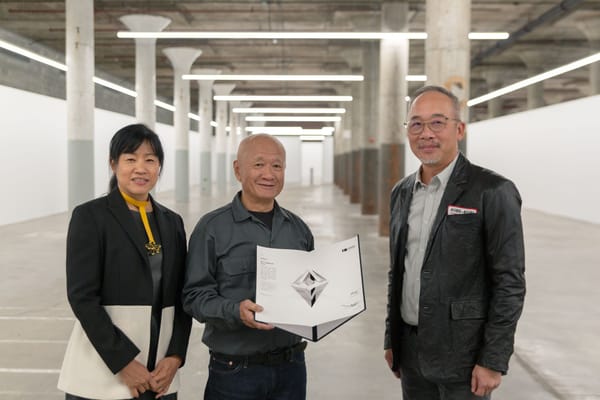News
United States Travel Ban Roils Art World


The international art world is reeling from the executive order signed by newly inaugurated United States president Donald J. Trump late on Friday, January 27, which bars citizens from seven Muslim-majority countries from entering the United States for 90 days. The announcement created chaos at airports in the United States and around the world and has sparked protests. While several US courts have partially stayed the order while it is reviewed, Trump's exective order has immediate and longterm implications for artists, curators and other arts professionals around the world, particularly for those from the seven named countries—Iraq, Syria, Iran, Libya, Somalia, Sudan and Yemen—as well as for foreign and US citizens people working in these countries. The executive order prevents citizens of the seven countries from entering the US on tourist, student or work visas, which have all been canceled. Lawful permanent residents (green-card holders), who were initially barred in the confusion over the order's implementation, will now have to apply for individual waivers. The order also suspended the acceptance of all refugees from Syria indefinitely, and all other refugees for 120 days, despite the intensive scrutiny undergone by individuals whom the US accepts for resettlement.
For many individuals and families, the effects of the executive order were instantaneous. Stories of people being stranded abroad or turned back from airports profilerated within hours. The Chicago Tribune reported that Iranian-born artist Sarvin Haghighi, who has a US green card, was in Australia visiting her family at the time of the travel ban, and has not been able to return to Chicago where she lives with her husband. The Los Angeles Times learned that artist Marjan Vayghan’s uncle was among those detained at Los Angeles’s Bradley airport and then deported back to Iran before the judicial stay went into effect. Yemeni artist Murad Subay told Al-Jazeera that his wife is currently studying the US and that they are now separated by the ban.
In the short-term future, green card-holding artists and art professionals who are currently living in the US expect that they will have to cancel any upcoming travel plans, in case they are not allowed to re-enter the US. The Aga Khan Museum in Toronto is due to open an exhibition of 23 contemporary Iranian artists, “Rebel, Jester, Mystic, Poet: Contemporary Persians,” and artists such as New York-based Shahpour Pouyan will not be able to attend opening of the group show. Pouyan will also not be able to install or attend his upcoming solo exhibition at Nathalie Obadia gallery in Paris, in early March.
Many other artists and art professionals are canceling their trips to the US, either in fear or in protest—or a mixture of both. The San Francisco Chronicle profiled Canadian-Iranian artist Mani Mazinani, who was scheduled to travel to California to assist his sister, artist Sanaz Mazinani, in installing two upcoming exhibitions, but has canceled his trip over fears of being deported or detained, though he is a dual citizen with Canada. Syrian artist Khaled Akil, whose work is on view at Stanford University, vowed to boycott the US until Trump leaves office. Based in Istanbul since 2012, Akil had already been denied a visa to attend exhibitions in the US on two prior occasions. In the film world, Oscar-nominated Iranian director Asghar Farhadi announced he would not attend the Academy Awards in February even if he was granted a waiver. Kurdish-Iraqi filmmaker Hussein Hassan, who was planning to travel to a film festival in Miami to debut his film about the genocide of the Yazidi people by ISIS soldiers, withdrew his visa application in protest.
For US institutions and galleries planning exhibitions or projects with artists from these seven countries, the future is uncertain. The Los Angeles County Museum of Art (LACMA) is organizing an exhibition called “The Field of Empty Days: The Intersection of Past and Present in Iranian Art,” to open in May 2018, with Iranian artists working from the 1970s onward. The Warhol Museum, in Pittsburgh, announced it was continuing work on its midcareer retrospective of Farhad Moshiri, “Go West,” which is slated to open in October.
What happens after the 90-day period of review is still unknown, but the executive order has signaled to many people around the world that the Trump administration is sending a broader message that Muslims are not welcome in the United States, and that a core of far-right, Islamophobic officials will drive US foreign policy in the coming years. Former New York mayor and Trump advisor Rudy Giuliani confirmed suspicions in an interview that the executive order was originally designed to target all Muslims but in order to make it appear constitutional it was crudely crafted to exclude citizens from specific countries already listed by the US government as places of concern. At the same time, citizens from other Muslim-majority countries currently not affected by the first executive order are worried whether their countries will also be slapped with a travel ban to the US, concerns that are already causing businesses, universities and cultural organizations to reconsider their plans.
HG Masters is editor-at-large of ArtAsiaPacific.
To read more of ArtAsiaPacific’s articles, visit our Digital Library.

